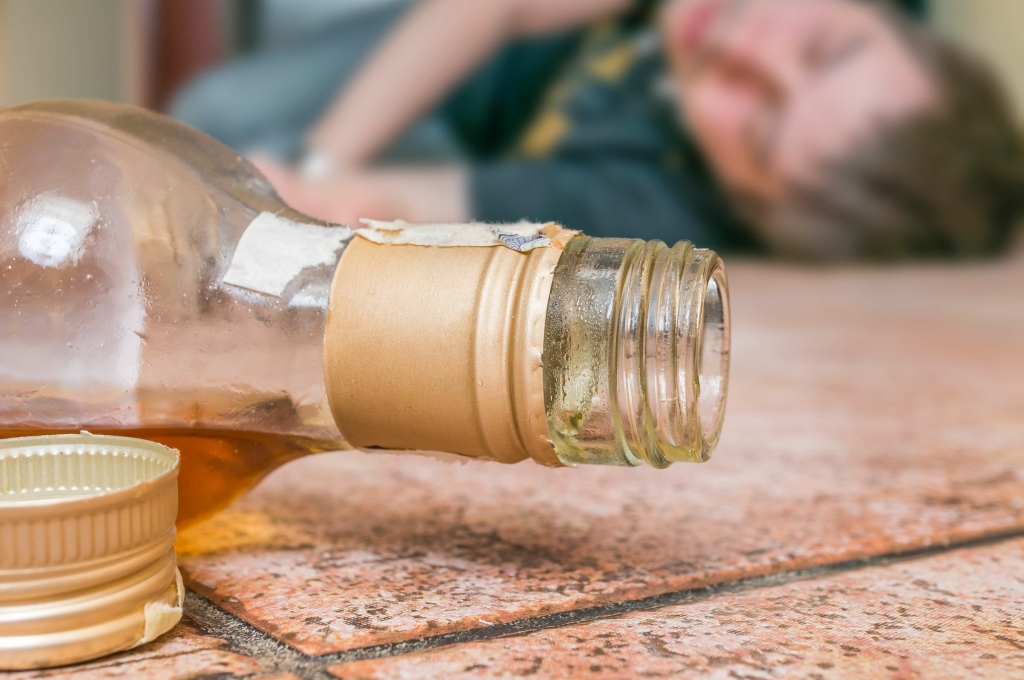If a circumstance of this nature were to arise, it should be addressed and handled by HR. Other natural ways to de-stress are practicing gratitude and finding a creative outlet to express oneself. This could include writing in a journal, painting, participating in crafts or finding other mediums to reduce stress and process emotions. Physical activity has myriad benefits that can boost mood and improve health. Winding down with a nice glass of red can calm your nerves and make you feel less stressed. Your card will not be charged at any point during your 21 day free trial
and you may cancel at any time during your free trial.
Think of the ocean, the urge is a huge wave, you know it’s big and it’s strong but it will subside if you hang in there. The waves/urges will become smaller and you will become stronger, and in time the waves become even smaller and further apart and far more manageable to deal with. Statistics from our Daybreak mobile app shows that nearly half of our members drink after work. risks of drinking after work “People often describe to me that they now realize how much the alcohol altered their behavior and relationships. If you can, please show your appreciation for our free content by donating whatever you think is fair to help keep TLE growing and support real, independent, investigative journalism. However, supervisors may notice them and call you out about these issues.
Alcoholism’s Wide-Ranging Impact
With that, staffs who suffer alcohol addiction can take back control without losing their job. Also, the Family and Medical Leave Act protects employees who take extended leave for alcoholic rehabilitation. Alcohol long-term effects cause employees’ health to worsen almost every time they drink heavily. Constant alcohol-induced diseases and hangovers result in a high absenteeism rate. It isn’t surprising that many teachers turn to unhealthy coping strategies. Many occupations — like teaching — induce high stress levels that encourage drinks after work.

To mitigate this issue, management can insist on group lunches or another outing that allows employees to bond. Happy hour and after-work drinks often go hand in hand with long days on the job, providing networking opportunities and a chance to unwind. Know that it’s a profitable decision, as it caters to the steady demand of those who choose to indulge at the end of the day. If you’ve decided to go zero-proof for Dry January or any other purpose, staying the 30-day course will likely result in some impressive benefits. Physically, you might experience better sleep, weight loss, improved gut function, and greater energy, while emotionally you might find you feel lighter and brighter.
Statistical Outlook on Alcohol Addiction at Work in the US
When we recognise and understand why we are drinking, it can help us realise that there are alternative, healthier ways to relax. Many individuals turn to after-work drinks as a means to alleviate stress. The weight of the day’s responsibilities can be momentarily lifted with the first sip of a cold beverage. Alcohol, with its ability to numb the mind and temporarily suspend worries, can provide a temporary escape from demanding work situations and help individuals to relax. Take our short alcohol quiz to learn where you fall on the drinking spectrum and if you might benefit from quitting or cutting back on alcohol.
Binge drinking can have serious health effects, both short-term and long-term. Binge drinking has been described by both number of drinks and blood alcohol content (BAC). These after-work gatherings often serve as a platform for employees to get to know each other on a more personal level. Stories are shared, laughter fills the air, and relationships are strengthened. It is not uncommon for colleagues to discover shared interests or hobbies during these casual get-togethers, leading to the formation of stronger connections both inside and outside of the workplace.
How to avoid the downsides
For more information about alcohol’s effects on the body, please visit the Interactive Body feature on NIAAA’s College Drinking Prevention website. American Addiction Centers (AAC) https://ecosoberhouse.com/ is committed to delivering original, truthful, accurate, unbiased, and medically current information. We strive to create content that is clear, concise, and easy to understand.
Alcohol-related crime statistics reveal a close, intimate connection between alcoholism and violence. Drunk driving (DUI) is the most common alcohol-related crime in the United States. More than 1.1 million Americans are arrested for driving each year while intoxicated (DWI), and more than half of these arrests end in convictions. Incredibly, this number represents only about one arrest for every 100 actual drunk driving incidents that occur, as reported by drivers. If your employer does not already have programs in place to address substance misuse among employees, bring concerns to your HR department or boss.
Not only is it something employees want (no surprise there), it’s also something employers feel can attract and retain today’s more progressive-minded Millennials. By limiting the amount you drink, especially after work, you can reduce the risk of these short- and long-term effects on your body. Online communities like Daybreak are a great way to have support at your fingertips.

Underlying this risk is the fact that weekly drinking in poor neighborhoods exceeds the national average. Also, people living in poor communities have a relatively high level of participation in binge drinking. While having drinks with coworkers and employees may seem like a harmless bonding activity, things can quickly take a turn for the worse. Many of the potentially far-reaching effects of after-work drinking may not immediately come to mind to those who imbibe, but there are unwanted situations that can arise. According to the study, most workers spend about 2 hours drinking after work, which can extend their day to 11 hours. Alcohol is the most widely misused substance, and frequent drinking can lead to a dependence and/or an addiction.